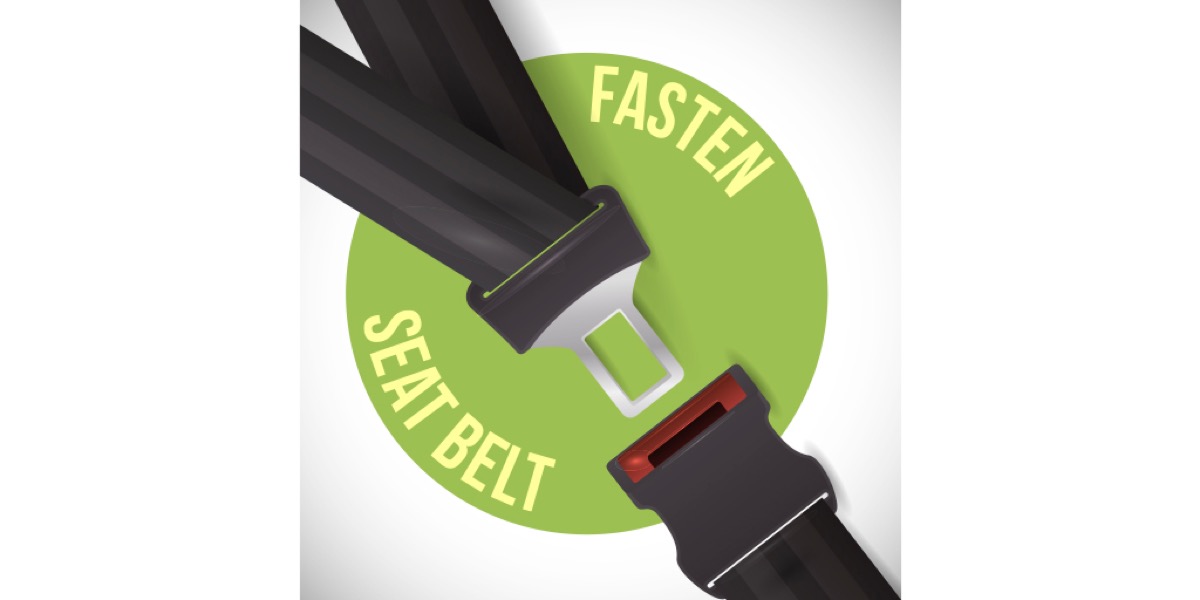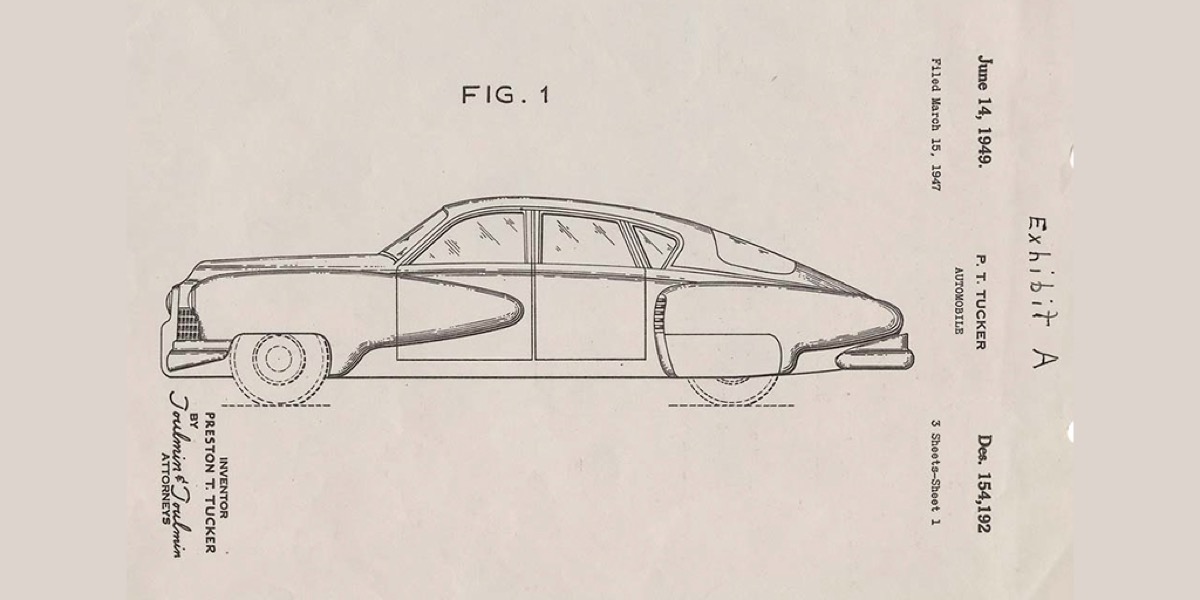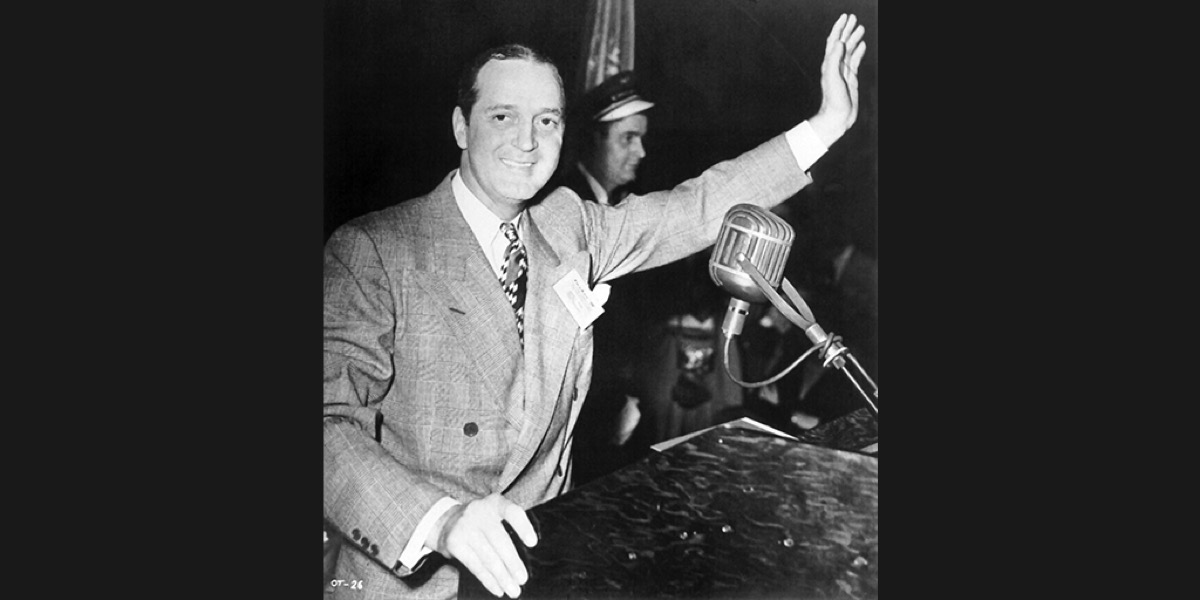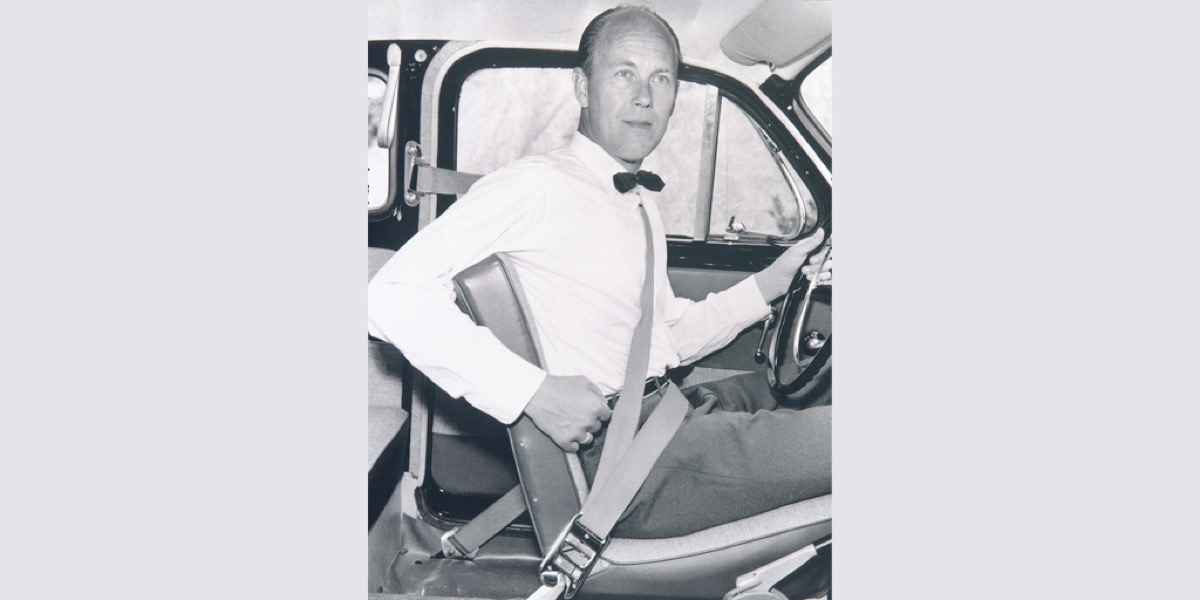We use cookies and other proprietary and third-party technologies to make our website work correctly and securely. We also use them to analyse user browsing and be able to adapt advertising to your tastes and preferences. Cookies Policy.
The history of the safety seatbelt
The click of a correctly anchored seatbelt is already part of the daily soundtrack inside our cars. It’s usually heard right after the bang of the closing door and the sound of the engine starting. Without that click, the next sound may be a warning that the seatbelt hasn’t been buckled up, and we’re missing what the WHO calls the most important road safety device: the one that will retain our body in case of an impact.
It’s estimated that in case of an accident, the safety belt lowers the risk of death by 50% and of serious injury by 75%. Even so, there are still too many people who won’t use it, in spite of being obligatory throughout the European Union.
In 2006, the EU set a norm that was very concrete with regard to children but rather vague about adults. It allows for several exceptions in each of the member countries. Only Cyprus and Latvia make the seatbelt universally obligatory.

In Spain, for example, it’s not required when driving in reverse, or by driving school instructors or taxi drivers, among others. There’s currently a debate about the possibility of eliminating some of these exceptions. Because a seatbelt is never anything superfluous.
Some invention!
Several decades would have to go by after the birth of the automobile before cars carried the first seatbelts. Indeed, the first users were not in cars but on airplanes. But these rudimentary belts did little to hold a pilot in his seat when the plane took off or landed abruptly.

It was in the 1940s that the American automobile designer Preston Tucker developed a safety belt with two anchoring points. He fitted them onto the Trucker Sedan, which unfortunately was a failure from a commercial point of view. He was forgotten, and with him the safety belt.

General Motors didn’t do much better with the car models it launched a few years later, which also had the device. In this case, many potential buyers were wary of an automobile that needed an extra safety feature.
The device that finally was successful was dreamed up by the Swedish engineer Nils Bohlin, at Volvo, in 1957: it was attached to the seat at three points. This system held in place the upper part of the spinal column, thus avoiding many of the injuries sustained with belts that only went around the waist. The Volvo Amazon was the first model to offer it, in 1959. A short time later, the company gave up the patent, which made it possible for the seatbelt to gradually become universal and essential in the new cars of the principal manufacturers.

In recent years, the R+D sections of many companies have been working to improve the belts. From those that incorporate an airbag, to those that prevent the driver from falling asleep, there have been greater and greater innovations. Although none of them is effective if, when we get into a car, we don’t buckle up before driving off.
Notice: Trying to access array offset on value of type null in /DATA/sites/ontheroadtrends.com.preproduccion.com/webspace/wp-content/themes/ontheroad2023/templates/newsletter.php on line 3
Notice: Trying to access array offset on value of type null in /DATA/sites/ontheroadtrends.com.preproduccion.com/webspace/wp-content/themes/ontheroad2023/templates/newsletter.php on line 4
Notice: Trying to access array offset on value of type null in /DATA/sites/ontheroadtrends.com.preproduccion.com/webspace/wp-content/themes/ontheroad2023/templates/newsletter.php on line 5